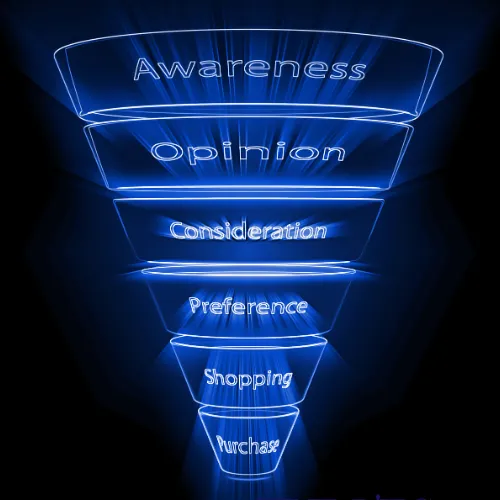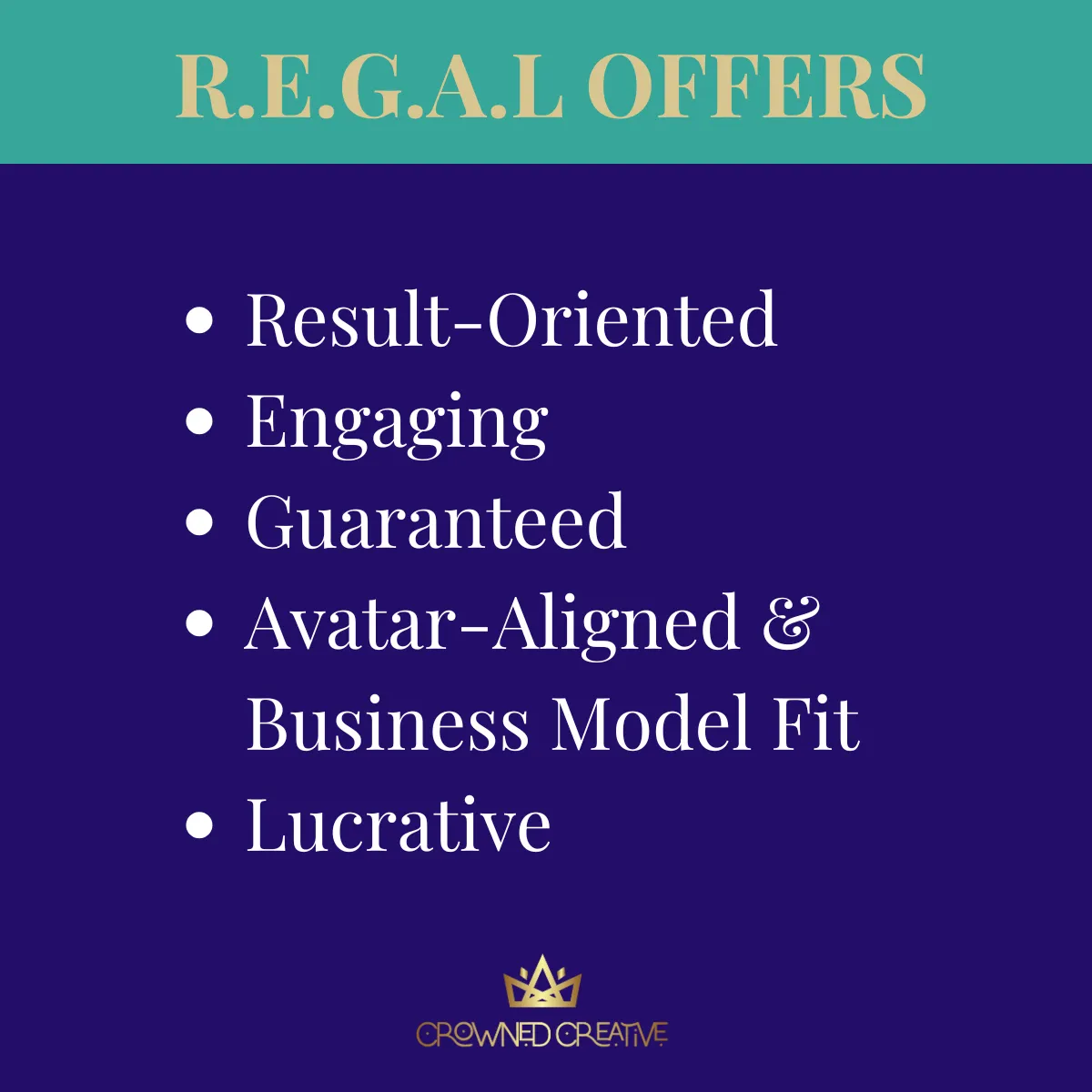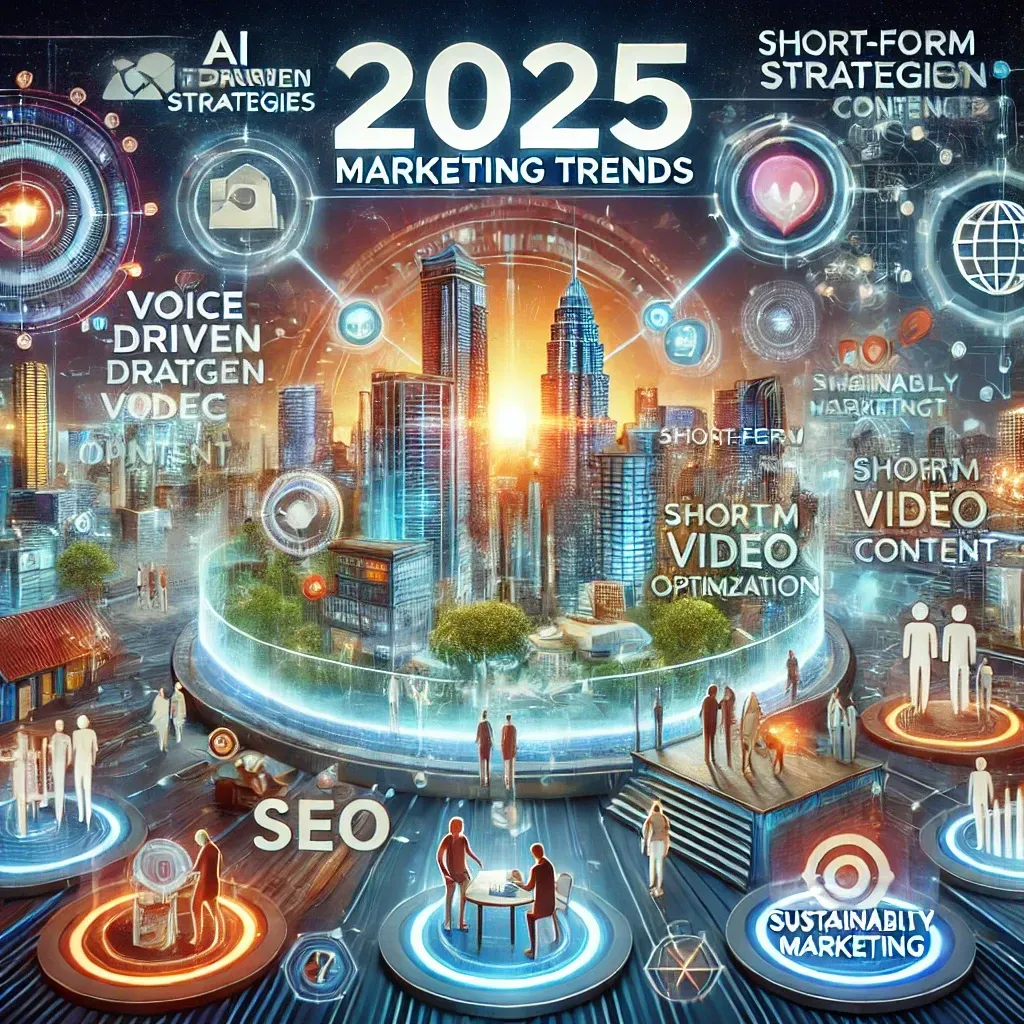Unlocking Success: Proven Lead Generation Strategies for Service Providers

Unlocking Success: Proven Lead Generation Strategies for Service Providers
Are you ready to take your service provider business to the next level? Effective lead generation strategies can make all the difference in a competitive market. From attracting new clients to nurturing existing relationships, mastering the art of generating quality leads is key to unlocking success. This article delves into proven lead generation strategies explicitly tailored for service providers. Whether you offer consulting, coaching, or any other service, these strategies will help you attract, engage, and convert your ideal clients.
Discover how to leverage the power of digital marketing, optimize your website for lead generation, and utilize social media to expand your reach. We'll also explore the importance of crafting compelling content that resonates with your target audience and implementing innovative tactics to stand out in a crowded market. Get ready to elevate your lead generation game and watch your service provider business thrive like never before.
Understanding Lead Generation for Service Providers
Lead generation attracts and converts prospective clients into people who have indicated interest in your company's service. For service providers, this involves identifying potential customers who can benefit from the services offered and nurturing them through the sales funnel until they become paying clients. Unlike product-based businesses, service providers often face unique challenges regarding lead generation, as they must demonstrate the value and effectiveness of intangible offerings. Understanding this dynamic is crucial for developing strategies that resonate with potential clients and establish trust.
The lead generation process typically involves several stages: awareness, interest, consideration, and decision. Your potential clients must first become aware of your services during the awareness stage. This can be accomplished through various marketing tactics, such as content marketing, social media, or paid advertising. Once awareness is established, your goal is to cultivate interest by providing valuable information and demonstrating how your services can solve specific problems. The consideration stage involves comparing your services with competitors, while the decision stage is when the lead finally converts into a client. Each of these stages requires tailored approaches to guide prospects toward purchasing effectively.
Service providers can leverage many channels to generate leads, including online and offline methods. Traditional approaches, such as networking events and referrals, still hold value, but the digital landscape has transformed how leads are generated. With the advent of social media, SEO, and email marketing, service providers have an unprecedented opportunity to reach and engage potential clients. By understanding the nuances of lead generation and the specific needs of their target audience, service providers can implement effective strategies that drive growth and foster long-term client relationships.
Importance of Lead Generation in Service-Based Businesses
Lead generation is vital for service-based businesses because it directly impacts revenue and growth potential. Without a steady stream of leads, businesses risk stagnation or decline, as they cannot rely on existing clients alone to sustain operations. In a competitive environment where numerous service providers vie for the same clientele, having a robust lead generation strategy is essential to differentiate your offerings and attract new clients. It allows businesses to expand their market reach and tap into new segments, ultimately contributing to long-term sustainability.
Additionally, effective lead generation helps to build brand awareness and credibility. When potential clients consistently encounter your brand through various channels, they associate it with expertise and reliability. This perception is particularly crucial in service-based industries, where trust plays a significant role in a client's decision-making process. By generating quality leads and nurturing relationships, service providers can enhance their reputation, position themselves as industry authorities, and create a loyal client base contributing to referrals and repeat business.
Lead generation is not just about quantity; quality is equally important. Focusing on attracting leads that align with your ideal client profile ensures that your marketing efforts yield higher conversion rates. This targeted approach minimizes wasted resources and maximizes the chances of turning leads into satisfied customers. In essence, the importance of lead generation for service-based businesses cannot be overstated; it is the lifeblood that fuels growth, fosters trust, and shapes the organization's future.
Key Lead Generation Statistics and Trends

Understanding the current lead generation landscape is crucial for service providers looking to optimize their strategies. Recent statistics reveal that a significant portion of marketers, around 61%, consider generating traffic and leads as their top challenge. This highlights the competitive nature of lead generation, where standing out is increasingly difficult. Additionally, studies show that businesses utilizing a data-driven approach to lead generation can achieve up to five times the conversion rates compared to those relying on intuition alone, underscoring the importance of analytics in crafting effective campaigns.
Another key trend is the growing importance of content marketing in lead generation. According to research, 70% of consumers prefer to learn about a company through articles rather than advertisements. This shift toward informative content means that service providers must focus on creating valuable resources that address their audience's pain points and needs. Furthermore, 93% of online experiences begin with a search engine, making search engine optimization (SEO) an essential component of any lead generation strategy. By optimizing content for search engines, service providers can increase visibility and attract organic traffic, which is often more valuable than paid leads.
The impact of social media on lead generation is also noteworthy. Recent surveys indicate that 73% of marketers believe that their efforts through social media marketing have been "somewhat effective" or "very effective" for their businesses. Service providers must stay abreast of these changes as platforms evolve and adapt their strategies accordingly. Embracing new technologies like chatbots and AI-driven analytics can enhance lead generation efforts by providing personalized experiences and streamlining communication with potential clients. These statistics and trends reflect the dynamic nature of lead generation and the need for service providers to be proactive and innovative.
Crafting an Effective Lead Generation Strategy
Creating an effective lead generation strategy involves a systematic approach that aligns with your business goals and target audience. The first step is to define your objectives clearly. Are you looking to increase brand awareness, generate a specific number of leads, or enhance customer engagement? Establishing measurable goals will provide a framework for your lead generation efforts and help you evaluate success over time. Identifying key performance indicators (KPIs) that will guide your strategy and indicate when adjustments are necessary is essential.
Next, developing a unique value proposition (UVP) is crucial. Your UVP should succinctly communicate what sets your services apart from the competition and why potential clients should choose you. This distinct positioning will attract leads and resonate with your target audience's needs and desires. Conducting market research and analyzing competitor strategies can provide valuable insights into how to refine your UVP for maximum impact. Once you have a clear UVP, it should be woven into all marketing materials and communications, ensuring consistency across all touchpoints.
Finally, an effective lead generation strategy must incorporate a multi-channel approach. Relying on a single channel can limit your reach and potential for attracting leads. Instead, utilize a combination of online and offline channels, such as social media, email marketing, SEO, and networking events, to maximize exposure. Testing different channels and tactics will allow you to discover what works best for your business and audience. Regularly reviewing and adjusting your strategy based on performance data will ensure you remain agile in a constantly evolving market and continue generating high-quality leads.
Identifying Your Target Audience for Lead Generation
Content marketing is one of the most effective strategies for lead generation, particularly for service providers. By creating and disseminating valuable content that addresses the specific needs of your target audience, you can attract potential clients and position yourself as an authority in your field. Start by developing a content strategy that outlines the types of content you will create, the platforms you will use, and how often you will publish. This strategy should align with your overall lead generation goals and cater to your audience's interests.
Blogging is a powerful content marketing tool that can drive organic traffic to your website. By writing informative and engaging blog posts that answer common questions or provide insights about your services, you can attract leads seeking solutions to their problems. Incorporate relevant keywords to enhance SEO and increase visibility in search engine results. Additionally, consider guest blogging on reputable industry websites to expand your reach and attract new leads from different audiences.
Video content is another effective way to engage potential clients and enhance lead generation efforts. Videos can simplify complex topics, showcase your services in action, and build a personal connection with your audience. Consider creating tutorial videos, case studies, or client testimonials to highlight the value of your services. Share these videos across social media platforms and embed them on your website to ensure they reach a broad audience. By consistently producing high-quality content, you can cultivate a loyal following and convert leads into clients over time.
Leveraging Content Marketing for Lead Generation
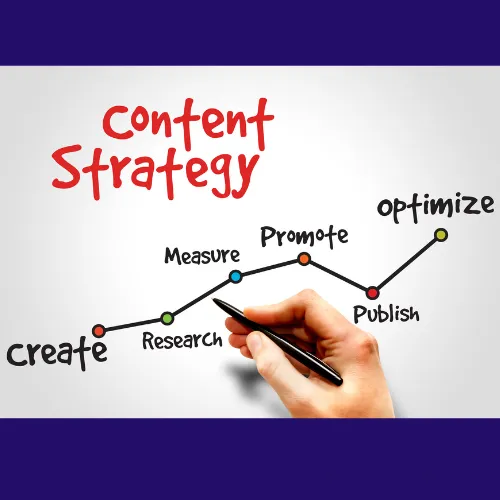
Email marketing remains a cornerstone of effective lead generation strategies, particularly for service providers. Building an email list lets you maintain direct communication with potential clients and nurture those relationships over time. Start by offering incentives, such as exclusive content or discounts, in exchange for email sign-ups. Ensure that your opt-in forms are strategically placed on your website and promoted through your social media channels to maximize sign-ups.
Once you have a list of subscribers, segment them based on their interests, behaviors, or stage in the buyer's journey. This segmentation enables you to send targeted messages that resonate with specific groups, increasing engagement rates. For example, you could send introductory content to new subscribers while offering personalized service recommendations to those further along in the decision-making process. Tailored emails are more likely to be opened and acted upon, leading to higher conversion rates.
Regularly sending valuable content, such as newsletters, industry insights, or service updates, helps to keep your audience engaged and informed. However, it's essential to balance providing value and promoting your services. Aim to educate and inform your audience rather than solely focusing on sales pitches. Including clear calls to action (CTAs) in your emails will guide prospects toward the following steps: scheduling a consultation or downloading a free resource. Service providers can effectively leverage email marketing to cultivate leads and ultimately drive conversions.
Utilizing Email Marketing for Lead Generation
Identifying your target audience is a fundamental aspect of effective lead generation. Knowing who your ideal clients are enables you to tailor your messaging and marketing strategies to resonate with their needs and preferences. Start by creating detailed buyer personas that encapsulate your potential clients' demographic information, pain points, goals, and behaviors. This process involves analyzing your existing customer base, conducting surveys, and leveraging social media insights to understand your audience comprehensively.
Once you have defined your target audience, it’s essential to segment them into different categories based on varying characteristics such as industry, company size, or service needs. Segmentation allows for more targeted marketing efforts, ensuring your messages reach the right people at the right time. For instance, a financial consultant might have different messaging for startups than for established businesses. Tailoring your communications to each segment increases the likelihood of engagement and conversions.
Additionally, where you find your target audience matters; identifying the platforms and channels they frequent can significantly impact the effectiveness of your lead generation efforts. For example, platforms like LinkedIn and Instagram may be more effective if your target audience is young professionals. Conversely, Facebook may be the ideal channel if you're targeting older demographics. Understanding your audience's preferences and behaviors can optimize your lead generation strategy to maximize reach and engagement.
Lead Generation Tools and Technologies for Service Providers
In today's digital landscape, numerous tools and technologies can streamline and enhance service providers' lead generation efforts. Customer Relationship Management (CRM) systems are essential for managing leads and tracking interactions throughout the sales funnel. A CRM system can help you organize client information, monitor communication history, and automate follow-up tasks, allowing you to focus on building relationships and closing deals. Popular CRM options include HubSpot, Salesforce, and Zoho, each offering unique features tailored to different business needs.
Additionally, marketing automation tools can significantly improve the efficiency of your lead generation strategy. These platforms allow you to automate repetitive tasks, such as sending email campaigns, tracking website analytics, and managing social media posts. By automating these processes, you can save time and ensure that leads receive timely communications. Tools like Mailchimp and ActiveCampaign are excellent choices for email marketing automation, while Hootsuite or Buffer can help manage and schedule social media content.
Finally, analytics tools are crucial for measuring the effectiveness of your lead generation efforts. Using tools like Google Analytics, you can track website traffic, user behavior, and conversion rates, providing valuable insights into which strategies are working and which require adjustment. Regularly analyzing this data enables you to make informed decisions and optimize your lead generation campaigns for maximum impact. By embracing technology and utilizing various tools, service providers can enhance their lead generation strategies and drive sustainable growth.
Conclusion: Driving Growth Through Successful Lead Generation
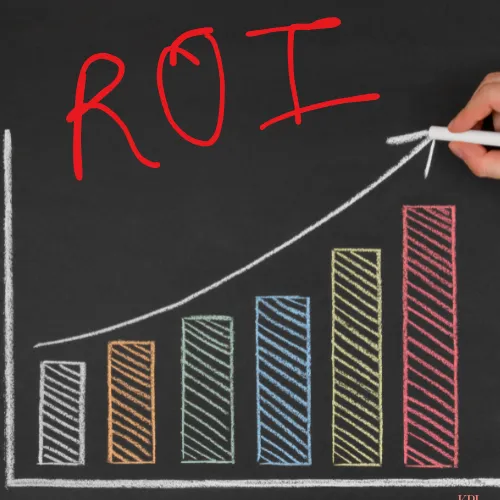
In conclusion, effective lead generation is a critical component for service providers' success. Service providers can attract and convert quality leads by understanding the intricacies of lead generation, recognizing its importance in a competitive landscape, and crafting targeted strategies. From identifying your target audience to leveraging content and email marketing, each aspect of lead generation plays a vital role in fostering growth and building lasting client relationships.
As you explore and implement the various lead generation tactics discussed, remember that consistency and adaptability are key. The digital marketing landscape continually evolves, and staying ahead of trends and changes will require ongoing learning and adjustments to your strategies. By embracing technology and utilizing the right tools, you can streamline your lead generation processes and enhance overall effectiveness.
Ultimately, successful lead generation is not just about acquiring new clients; it’s about creating an ecosystem of trust and value that encourages prospects to choose your services over the competition. Service providers can unlock new growth opportunities by delivering value and establishing genuine connections and ensuring long-term success in their respective industries. Embrace these proven strategies, and watch your service provider business thrive like never before.


